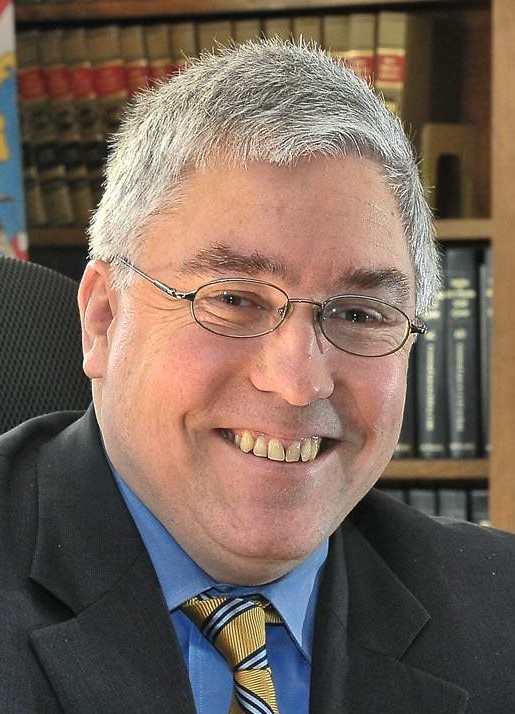By JESSICA ESTEPA
WASHINGTON – Federal judges on Thursday questioned the challenges to a proposed regulation from U.S. EPA, indicating that those behind the lawsuits – including West Virginia – may be in for an uphill battle in the courtroom.
At issue is EPA’s proposed rule that would require states to reduce carbon emissions by 30 percent in 15 years. West Virginia has led a bipartisan group of states in a lawsuit against the agency, West Virginia v. Environmental Protection Agency, and the lawsuit was one of two presented before the U.S. Court of Appeals for the District of Columbia Thursday morning.
In the other suit, led by Murray Energy Corp., West Virginia is an intervenor.
But almost immediately after West Virginia Solicitor General Elbert Lin began his oral arguments, two judges – Thomas Griffith and Brett Kavanaugh, both Republican appointees – pressed him on why the court should consider halting the proposed rule, something that has never been done before.
They contended that the time for judicial review comes after federal rules are finalized, not before. There is no legal precedent to do otherwise.
Often, federal agencies make changes to proposed rules before releasing the final versions, taking direction from submitted public comments.
“All we have in front of us is a proposed rulemaking,” Griffith said. “We’re not in the business of guessing.”
Lin argued that this was a “highly unusual” case, and the reason for the early offense was because of the high costs to the states and the harm to the power plant industry.
Further, statements from EPA Administrator Gina McCarthy and the Obama administration indicated that regardless of what was submitted during the public comment period, the rule would go forward as proposed, he contended.
The third judge on the panel, Karen Henderson, seemed more sympathetic to the arguments laid out by Lin. Another Republican appointee, she noted that it would take states time to prepare for the rule if it went forward as is, anywhere from 18 months to as much as four years.
Representing EPA was Justice Department attorney Brian Lynk. He agreed that halting the proposed rulemaking was beyond typical procedure and asked the panel to dismiss the petitions and allow a normal judicial review to move forward.
“It’s no different than any other program,” he said.
The actual crux of the plaintiffs’ argument – that EPA lacks the authority to issue the regulation under the Clean Air Act – seemed to take a backseat to the procedural questions during opening arguments. Still, attorney Geoffrey Barnes, representing Murray Energy, laid out those details for the judges.
Two versions of amendments to the Clean Air Act were signed into law, and the challengers say that under the House version, EPA cannot issue rules on pollution sources it has already regulated.
DOJ attorney Amanda Berman contended that the ambiguity arising from the existence of both the House amendment and the Senate amendment means the challengers’ argument is invalid.
“We can’t just ignore the Senate amendment,” she said. “It is there.”
The judges were interested in the amendments’ arguments; Griffith called it an “unusual situation.” However, they will not have to take these up if the petitions are dismissed.
Following two hours of arguments, West Virginia Attorney General Patrick Morrisey spoke to reporters in front of the courthouse. Despite the judges’ hesitance to take up the issue at this time, he insisted that the state would push forward.
“Today, we asked the U.S. Court of Appeals to provide the state and parties with relief from an unprecedented effort on the part of the EPA to transform American energy policy and severely limit the use of coal,” he said. “That effort is already underway now, and it is causing harm now. … We recognize that providing relief in this circumstance is not typical. But we do believe it is warranted.”
Judges seem skeptical of state's EPA challenge

ORGANIZATIONS IN THIS STORY